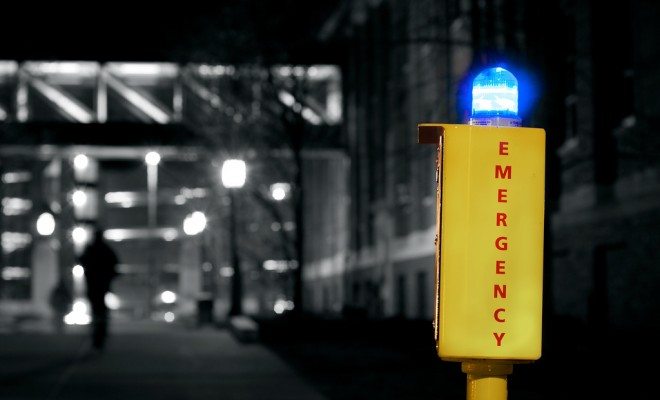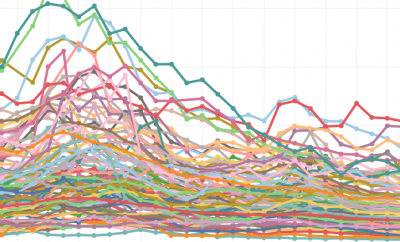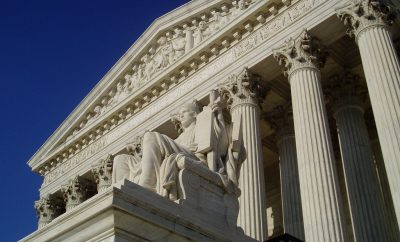Stanford University is a private institution located in Stanford, California. The school’s violent crime statistics have largely remained consistent between 2011 and 2013, with the exception of reported forcible sex offenses, which increased from 12 in 2011 to 26 in 2012 and 2013. As is often the case with sexual assault statistics, this increase may be related to improved reporting rather than a rise in actual cases.
The issue of sexual assault rose to prominence at Stanford after students protested the school’s handling of rape cases last year. Leah Francis, a Stanford student who was raped in January 2014, sparked the protests after an email she wrote spread throughout the community. In the email, Francis discussed what happened to her and her experience with the school’s Alternative Review Process. While a student panel ruled in her favor, her assailant was suspended for the offense rather than expelled from the school. Francis later filed a complaint with the Department of Education, which began investigating Stanford earlier this year for possible Title IX violations. The school recently announced that the recommended punishment for sexual assault violations will now be expulsion.
Stanford’s Department of Public Safety is a multi-service agency providing law enforcement, security, safety, crime prevention, and emergency services to the campus. It mainly consists of sworn deputies with full law enforcement and arrest powers along with non-sworn community service officers and public safety officers.
Brad Hayward, a spokesperson for Stanford, told Law Street:
Stanford makes every effort to provide a campus environment in which all members of our community feel safe and secure. We are a residentially based university, in which the vast majority of students live on campus. We also strongly encourage the reporting of incidents of sexual assault and sexual misconduct, and those reports are reflected in the Clery Act numbers for our campus. We are working to further prevent sexual assault through expanded educational programming and bystander training, increased staffing and support resources, and the implementation of recent recommendations of a student-faculty-staff task force. Resources and additional information are provided on our website at notalone.stanford.edu and police.stanford.edu
Fall 2013 Enrollment: 18,346 (7,274 undergraduate)
Average Violent Crime Rate: 1.56 incidents per 1000 students
Murder: 0
Forcible Sex Offense: 65
Robbery: 5
Aggravated Assault: 16
Campus Setting: Suburb (Large)
-Campus crime statistics are three year totals from 2011, 2012, and 2013
-The average violent crime rate is an average of the three-year data shown as a rate per 1,000 students
Click here to see the methodology used for the rankings.
Research and analysis done by Law Street’s Crime in America team:
Kevin Rizzo, Kwame Apea, Jennie Burger, Alissa Gutierrez, and Maurin Mwombela.
Kevin Rizzo is the Crime in America Editor at Law Street Media. An Ohio Native, the George Washington University graduate is a founding member of the company. Contact Kevin at krizzo@LawStreetMedia.com.
 Image courtesy of [Matthew Rogers via Flickr]
Image courtesy of [Matthew Rogers via Flickr]









Comments